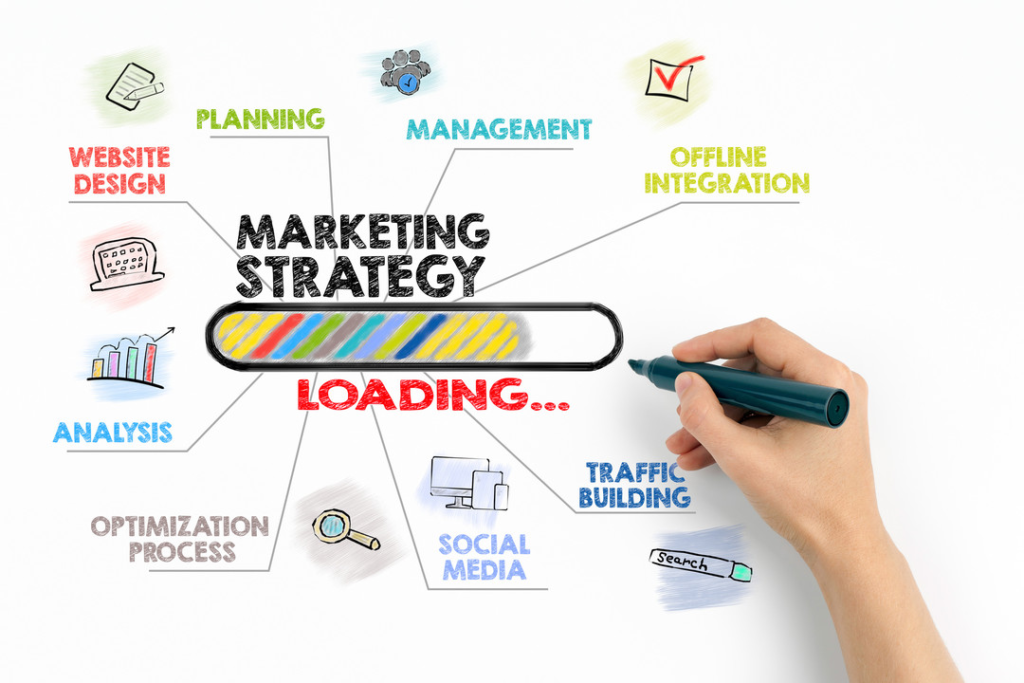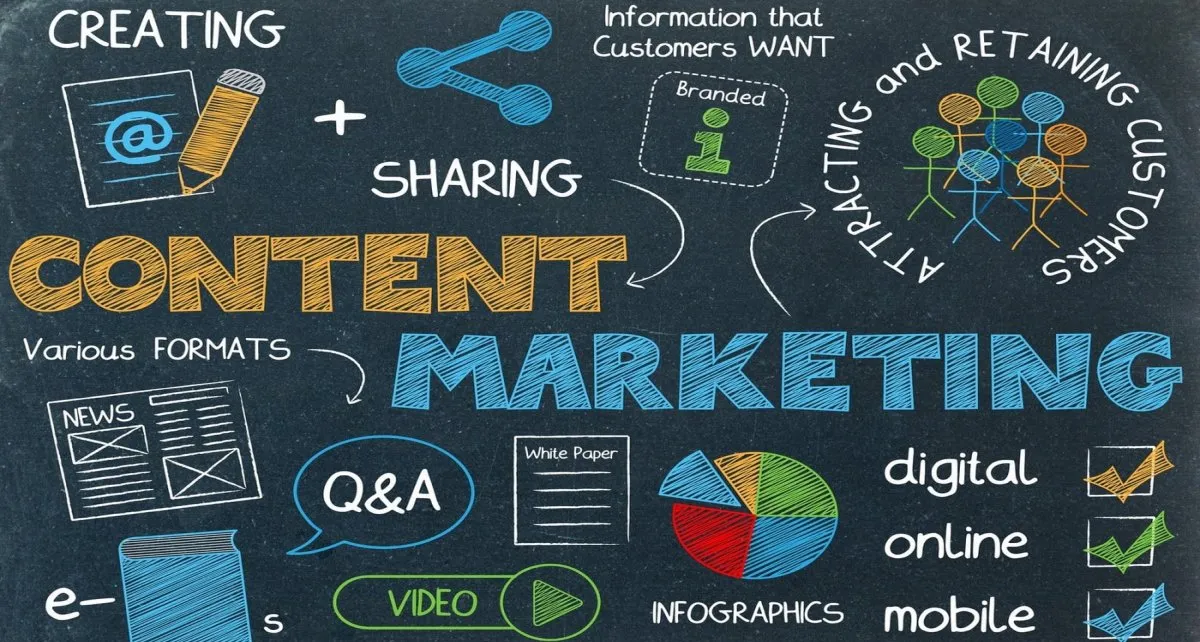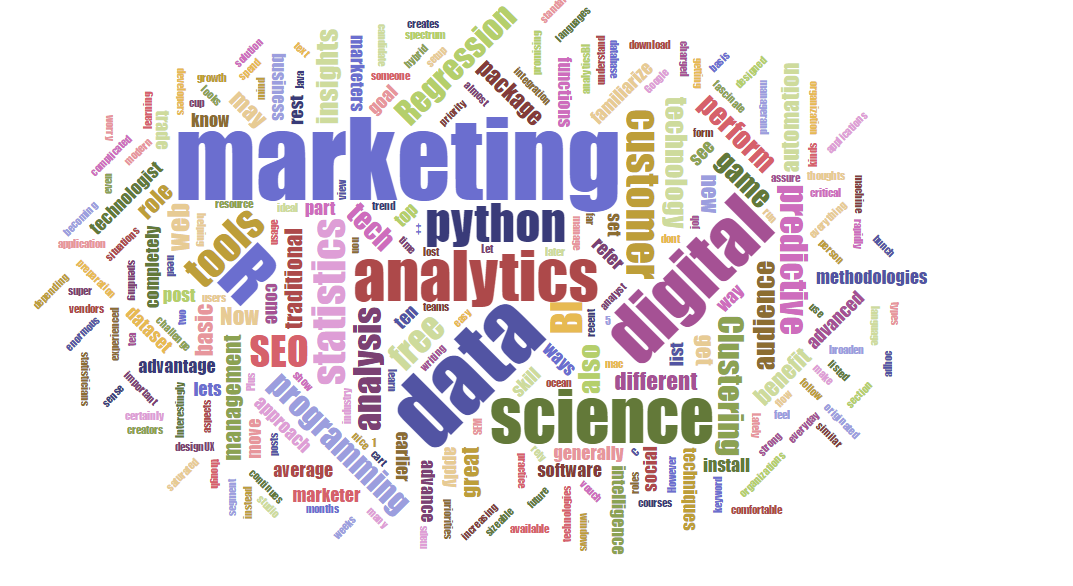In today’s highly competitive digital landscape, businesses need more than just flashy ads and sales pitches to stand out. They need content that informs, entertains, and connects with their audience. This is where content marketing comes into play. Content marketing is an incredibly powerful strategy that goes beyond traditional advertising by providing valuable, relevant, and consistent content that engages customers and drives measurable results. Whether you’re a small startup or an established enterprise, content marketing can play a pivotal role in building brand awareness, nurturing relationships, and ultimately driving sales.
Key Takeaways:
- Content Marketing is About Value: Focus on creating content that educates, entertains, and provides value to your audience.
- Know Your Audience: Understand their pain points, preferences, and needs to craft content that resonates.
- Consistency is Key: Regularly produce high-quality content to maintain engagement and build long-term relationships.
- Measure and Analyze: Track metrics such as traffic, engagement, and sales to optimize your content strategy.
- Repurpose Content: Maximize your efforts by repurposing successful content into different formats.
1. What is Content Marketing?
Content marketing is a strategic approach that focuses on creating and distributing valuable, relevant, and consistent content to attract and engage a clearly defined audience. Instead of pushing sales directly, content marketing aims to provide useful information that solves problems or entertains, thereby building trust and establishing long-term relationships with your audience.
Key Elements of Content Marketing:
- Value-Driven: The content you create should provide real value to your target audience. It can educate, inform, entertain, or inspire.
- Consistency: Publishing content consistently helps maintain audience interest and build brand recognition.
- Engagement: Content should encourage your audience to interact, whether through comments, shares, or actions like subscribing to your newsletter.
Why It’s Important:
Content marketing helps build authority in your industry, fosters customer loyalty, and strengthens brand perception. It’s one of the most cost-effective marketing strategies since it often generates long-term results through organic search traffic, social shares, and word-of-mouth referrals.
2. Benefits of Content Marketing
The power of content marketing lies in its ability to generate significant returns on investment (ROI) by building relationships, driving traffic, and increasing conversions. Here are the key benefits:
a. Increased Brand Awareness
By creating high-quality content that resonates with your audience, you can boost visibility and introduce your brand to potential customers. When your content is shared and talked about, it can exponentially increase your brand’s reach.
b. Establishing Authority and Trust
Consistently delivering valuable and informative content helps position your brand as an authority in your industry. As your audience begins to trust your expertise, they are more likely to engage with your brand and make purchases.
c. Improved Engagement
Well-crafted content doesn’t just inform; it encourages interaction. Whether it’s commenting on blog posts, sharing social media updates, or participating in surveys, engaged customers are more likely to stay loyal and convert.
d. Long-Term Results
Unlike traditional advertising that stops working once the campaign ends, content marketing continues to bring value over time. Blog posts, videos, and other content can rank on search engines for years, continually attracting new leads and customers.
e. Cost-Effective
Content marketing is often more affordable than traditional advertising. While it may take time to produce results, content marketing’s long-term nature makes it highly cost-effective, especially for smaller businesses.
3. Key Components of a Successful Content Marketing Strategy

A successful content marketing strategy requires careful planning and execution. Here are the key components you should focus on to maximize engagement and results.
a. Define Your Audience
The first step in creating effective content is understanding who you’re creating it for. Build detailed buyer personas that reflect your target audience’s demographics, needs, preferences, and pain points. Knowing your audience will allow you to create content that speaks directly to their needs and interests.
b. Set Clear Goals
Like any other marketing strategy, content marketing requires clear objectives. Are you aiming to increase brand awareness, generate leads, drive traffic to your website, or improve customer retention? Set specific, measurable goals to guide your content creation and evaluate success.
c. Create High-Quality Content
Quality over quantity is crucial when it comes to content marketing. Content must be relevant, informative, and engaging. Whether it’s blog posts, infographics, videos, or podcasts, ensure that your content adds value and provides actionable insights for your audience.
d. Choose the Right Content Formats
Different content formats work better for different purposes and audiences. While blog posts are great for in-depth information and SEO, videos are more engaging and shareable. Infographics help simplify complex data, and podcasts are excellent for on-the-go learning. Choose the right formats that align with your audience’s preferences.
e. Distribute Your Content
Creating great content is only half the battle; the other half is getting it in front of your audience. Use various distribution channels like your website, social media platforms, email newsletters, and third-party platforms (like Medium or LinkedIn) to maximize your reach.
f. Promote and Amplify
Content promotion is essential to ensure your content gets seen. Use paid promotion (e.g., Facebook ads, Google Ads) and influencers to amplify your content’s reach. Engage with your audience on social media, encouraging them to share your content with their networks.
4. Tactics to Boost Content Engagement
Now that you have a strategy in place, here are some proven tactics to maximize content engagement and results.
a. Create Interactive Content
Interactive content like quizzes, polls, surveys, and calculators is a great way to increase engagement. Interactive pieces are more likely to be shared and can provide valuable data about your audience.
b. Use Strong Calls to Action (CTAs)
Your content should always include a clear call to action (CTA). Whether you want users to download a whitepaper, subscribe to a newsletter, or make a purchase, your CTA should be easy to find and persuasive.
c. Incorporate Visual Content
People are drawn to visual content such as images, videos, and infographics. Content with visuals is more likely to be shared and remembered, leading to increased engagement. Use visuals to complement your written content and make it more appealing.
d. Repurpose Content
Repurposing existing content into different formats can help you reach a broader audience. For example, transform a popular blog post into an infographic, or turn a webinar into a series of social media posts or YouTube videos.
e. Optimize for SEO
Search engine optimization (SEO) is vital for ensuring your content ranks on search engines and is easily discoverable by your target audience. Use keyword research to identify what your audience is searching for, and optimize your content accordingly.
5. Measuring the Success of Your Content Marketing

To understand how well your content marketing efforts are performing, you need to measure and analyze key metrics. These metrics will give you insights into what’s working and what needs improvement.
a. Traffic
One of the most common ways to measure content marketing success is by tracking website traffic. Tools like Google Analytics can help you see how many people are visiting your site, which pages are the most popular, and where your traffic is coming from.
b. Engagement
Track likes, shares, comments, and interactions with your content. High engagement indicates that your audience finds your content valuable and is actively participating with your brand.
c. Lead Generation
Track how many leads your content is generating. Are people subscribing to your newsletter? Filling out contact forms? Downloading whitepapers? These are all signs that your content is effectively driving conversions.
d. Sales
Ultimately, the goal of content marketing is to drive sales. Track how many purchases can be attributed to content-driven leads. You can use tools like UTM links to track the customer journey from content to conversion.
Also Read : Mastering Digital Marketing: Strategies For Success In The Modern Era
Conclusion
Content marketing is an essential and powerful tool for businesses looking to drive engagement, build lasting relationships with customers, and generate meaningful results. By providing value through high-quality content, building a solid strategy, and consistently measuring your efforts, you can create content that not only captures attention but also drives action. When done right, content marketing doesn’t just promote a product or service—it tells a story, solves problems, and builds trust that keeps customers coming back for more.
FAQs
- What is content marketing?
Content marketing is a strategy focused on creating valuable, relevant, and consistent content to attract, engage, and retain a target audience, ultimately driving profitable customer actions. - How do I know if content marketing is right for my business?
If your goal is to build brand awareness, educate your audience, or generate long-term leads, content marketing is a great fit. It works for businesses of all sizes and industries, especially those looking to establish authority and trust with their audience. - What types of content should I create for my business?
Your content should align with your audience’s needs. Common types include blog posts, videos, infographics, eBooks, social media posts, podcasts, and webinars. A good mix of these formats will help you cater to different preferences. - How often should I post content?
The frequency of your content depends on your business goals and resources. Generally, aim for consistency. It’s more effective to publish quality content once a week than to post low-quality content daily. - How can I measure the success of my content marketing?
You can track metrics such as website traffic, social media engagement, conversion rates, lead generation, and sales. Tools like Google Analytics and social media insights can provide valuable data to evaluate your content’s performance. - Do I need to focus on SEO in content marketing?
Yes! SEO is crucial to ensure your content ranks on search engines and reaches your target audience. Using the right keywords, optimizing on-page SEO, and building backlinks will help improve visibility. - How can I promote my content?
Content promotion can be done through social media platforms, email marketing, partnerships with influencers, and paid ads. Additionally, repurposing content into different formats can expand your reach.




